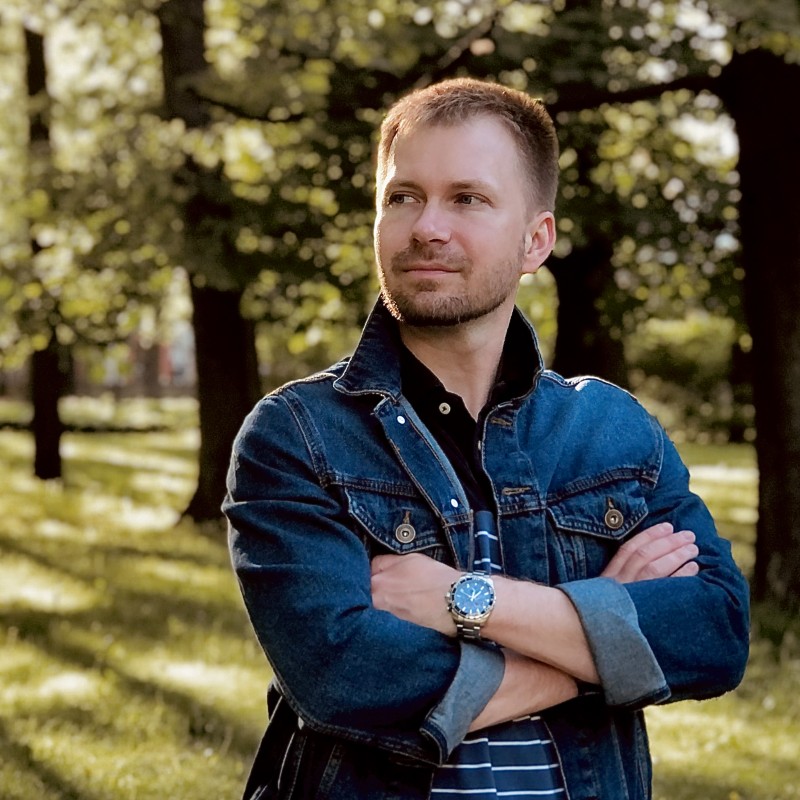Last Updated:
Aug 21, 2025
Is crypto dying? No, it’s just changing forever
Last Updated:
Aug 21, 2025

Author
Share this article
Why the "quiet" market phase is not death, but a new stage of maturity
If you’ve been in crypto for a while, you might have caught yourself thinking: “What if this really is the end?” Volatility is decreasing, major launches are fewer, and old projects are either stagnating or disappearing into the noise. The biggest crypto news recently isn’t about new blockchains or technologies, but lawsuits, regulation, and stablecoins.
But looking deeper, it becomes clear: cryptocurrency is not dying. It’s entering a new phase — maturity, institutionalization, and rethinking.
Where did the hype go?
Crypto has always had waves: surges fueled by innovation, followed by downturns caused by saturation. ICOs in 2017, DeFi in 2020, NFTs in 2021, airdrop seasons in 2023–2024... Each time felt new, loud, revolutionary. But behind every surge came something quieter yet important — a filtering process.
What seems like a “calm” now is actually a period of clearing out speculative noise and meaningless tokens. What remains are products that really solve problems. Not the loudest, but the most resilient.
Why more tokens ≠ more life
Many judge crypto by the number of new tokens or the noise on X (ex-Twitter). But real progress isn’t about quantity of launches, it’s about infrastructure. Projects build bridges between networks, implement zk-tech, solve interface problems, and speed up finality. It’s boring. It doesn’t sell headlines. But it defines the future.
Yes, there are no “easy x’s” now. You can still earn, but not at every step. That doesn’t mean the market is dead. It means speculators have a harder time, and builders have it easier.
Institutions are coming — and that’s not bad
Bitcoin ETFs aren’t just tickers on an exchange. They signal that the biggest financial players are now inside. BlackRock, Fidelity, JPMorgan — those who called crypto a “bubble” yesterday are now working with it directly. Yes, this removes wild anarchy from the market, but adds maturity and liquidity.
On one hand, it reduces room for wild profits. On the other, it makes the market less toxic and more stable. A random news story can no longer drop bitcoin 50% in a day. That’s maturity.
The new crypto user is not a crypto enthusiast
Before, entering crypto meant Metamask, gas fees, DEX, and Discord. Today, a Ton user can play mini-games in Telegram without even knowing they have a wallet. They just click the screen — and earn coins. This is “mass adoption.”
Infrastructure hides under the hood. It works like Web2 but is built on Web3. Wallets become invisible, transactions instant, and UX native. Users don’t want to “own private keys” anymore — they want to click a button and get results. And that’s normal.
Crypto is no longer “against the system” — it’s part of it now
The paradox: the more crypto fought traditional finance, the more it integrated with it. Today banks study blockchain, governments issue CBDCs, regulators write DeFi laws. Crypto is no longer on the fringe — it’s center stage.
Yes, this kills some romance. But it creates a chance for real influence. The technology that in 2009 was a toy for cypherpunks now shapes the future of finance architecture.
So where are the opportunities then?
If everything is “serious” and “institutional,” where to make money? The answer is in the unconventional. Money is still made where no one’s looking:
● In early Telegram games before mainstream arrives.
● In unnoticeable ecosystems before they hit CoinGecko.
● In new formats like SocialFi, AI-Fi, and zero-knowledge models still finding their audience.
You just need to learn to look the other way, not where the noise is.
Conclusion: crypto is not dying — it’s growing up
When the noise fades, the essence remains. And the essence of crypto isn’t in pumps, but in an alternative model of ownership, value transfer, and interaction without intermediaries.
The world changes. Crypto changes too. This is not the end, but rather the beginning of true maturity. For those who can adapt, think independently, and look beyond headlines — now is the most interesting time. Without hype. Without crowds. But with real opportunities.
Author
Share this article
